Home Improvement Guide
Cork is a material we've all known for a long time – as bottle stoppers or bulletin boards. But as a flooring material? It actually makes an excellent choice for a floor covering. This article will introduce you to the diversity of cork flooring, its characteristics, and its benefits.
Is Cork Flooring Truly Sustainable?
A cork floor is an extremely sustainable flooring option. Cork is obtained from the bark of the cork oak tree, and no trees need to be cut down for this process.
Partially removing the bark does not harm the cork oak tree. Over several years, the tree naturally regrows its bark. During this process, it captures significantly more CO2 than if it were left untouched.
At around 15 years of age, when the trunk reaches a minimum diameter of 12 cm, the cork oak tree is first stripped of its bark. The material obtained during this initial harvest is not as high in quality as in subsequent harvests. It is less elastic but tends to be somewhat brittle.
A cork oak tree can be harvested every nine to 12 years, depending on local climate conditions. Warmer climates allow for more frequent harvesting.
All material generated during the stripping process is utilized, resulting in zero waste.
The cork oak tree is primarily found in the western Mediterranean region, and cork forests serve as the habitat for rare animal species.
For example, the critically endangered Iberian lynx and the very rare Spanish imperial eagle inhabit cork forests.
By choosing cork flooring, you are not only using a renewable, natural resource, but you are also encouraging additional CO2 sequestration and helping preserve cork oak forests as a habitat for rare animals and plants.
The Different Types of Cork Flooring
There are two fundamentally different types of cork flooring: glue-down cork and cork parquet. Glue-down cork is offered in tiles and is fully adhered, while cork parquet is installed using a click-lock system, meaning it's floated without adhesive.
Regardless of this classification, the surface of cork flooring can be either left natural, oiled, waxed, or varnished. Additionally, this flooring comes in numerous patterns and colors. If you want to enjoy the benefits of cork flooring but don't like its natural texture, you can now opt for cork floors with a stone or wood look.
Advantages of Floating Installation
- Since the flooring is not permanently attached to the subfloor, it can be removed without residue at any time. This can be particularly important in rental properties.
- The installation is simple and can easily be done by DIY enthusiasts.
Advantages of Full Adhesion
- Full adhesion protects the flooring from moisture penetration from below. Therefore, this installation method is chosen for use in wet areas.
- In rooms with hydronic radiant floor heating, full adhesion helps counteract the constant expansion and contraction of the material due to frequent temperature changes.
- Glue-down cork has a low profile, often eliminating the need to trim doors for clearance.
The Benefits of Cork Flooring
- Cork floors adapt to room temperature. They provide good insulation against cold rising from the subfloor.
- Due to their airy structure, cork floors are good sound insulators.
- The material is elastic, which means it protects joints when walked upon on cork floors.
- Cork floors feel warm and soft underfoot.
- A cork tile floor is water-resistant.
- The cork floor is slip-resistant.
- The cork floor is easy to maintain.
- The material is very durable and long-lasting.
- Cork floors sealed with varnish, wax, or oil do not collect dust, pollen, or mites, making them ideal for allergy sufferers.
- Cork floors can often be easily repaired.
- By absorbing or releasing moisture from the room air, this flooring improves the indoor climate by balancing humidity fluctuations.
Disadvantages of Cork Flooring
- The cork floor is made of a natural product that can expand and contract depending on environmental conditions. Therefore, when installing this flooring, you must pay attention to expansion joints. Otherwise, you may encounter unsightly warping and dents in the floor.
- If this flooring is exposed to sunlight for an extended period, it may fade.
- Not every cork floor is suitable for use in showers, bathrooms, or kitchens.
- Heavy furniture can leave permanent indentations on the cork floor.
- Since cork oak trees only grow in Mediterranean climates, the transportation distances of the material are longer than with domestic woods.
- A cork floor is relatively expensive compared to vinyl or laminate floors.
Where Can Cork Flooring Be Used?
Due to its pleasant material properties and the wide range of designs available, cork flooring is ideal for living rooms, bedrooms, offices, guest rooms, and children's rooms. It also works well in hallways. If you want to install cork flooring in the shower, bathroom, or kitchen, be sure to check that it is approved for such use by the manufacturer.
Properly Painting Cork Flooring
Painting is the easiest way to seal a cork floor. When doing so, make sure to use a solvent-free, water-based paint.
After all, the sealed cork floor should not emit any harmful substances.
Prior to painting, lightly sand the cork floor. This fine sanding with 100 or 150 grit sandpaper prevents the cork floor from absorbing too much paint.
This prevents swelling and discoloration of the cork floor.
For this reason, the first layer of paint should be applied very thinly. You can apply subsequent coats more generously.
Caution! Cork floors that are pre-coated in an industrial process cannot be simply painted over.
You must first completely sand off this pre-coating.
Advantages of Painted Cork Flooring
- Through sealing, the flooring surface becomes very easy to maintain.
- You can choose to make the surface matte or glossy.
- The flooring becomes even more durable through painting.
Disadvantages of Painted Cork Flooring
- The varnish prevents moisture exchange between the cork floor and the room air. Therefore, a painted cork floor cannot improve the room's climate.
- The varnish makes repairs more difficult or prevents them for the cork floor.
How to Properly Oil Your Cork Floor
Sealing that preserves and even enhances the naturalness of the cork floor is achieved through oiling. To do this, thoroughly remove dust from the installed cork flooring. Then, apply a thin initial layer of oil. You must remove excess oil within 30 minutes using a lint-free cloth. Allow this oil layer to dry for 24 hours. Then, you can apply the next layer of oil. After this layer has dried, you can perform a final treatment with refined beeswax.
Advantages of an Oiled Cork Floor
- Natural oils are environmentally friendly and safe for health.
- The treated cork floor can still contribute to improving the room's climate.
- The flooring material retains its natural properties, such as being soundproof and antibacterial.
- Repairing the floor remains possible.
Disadvantages of an Oiled Cork Floor
- This sealing is more suitable for less heavily used rooms.
- The sealing process is more labor-intensive than painting.
- The floor sealed this way requires more maintenance.
Properly Waxing the Cork Floor
To seal the flooring with wax, apply a thin layer of liquid wax with a cotton cloth.
After the manufacturer's specified exposure time, you must then polish the surface.
For colored cork floors, it is advisable to avoid waxing. There is a risk that they may yellow over time due to waxing.
Advantages of a Waxed Cork Floor
- The floor acquires a pleasantly warm and soft surface.
- The natural appearance of the cork floor is enhanced.
- Using natural raw materials results in an environmentally friendly and health-conscious floor.
Disadvantage of a Waxed Cork Floor
The floor treated this way requires comparatively more maintenance.
The Unfinished Cork Floor
While you can purchase unfinished cork sheets, you should definitely seal them. An unfinished cork floor would be far too vulnerable.
The advantage, of course, is that you can choose the sealing for the floor yourself.
However, you should consider the work involved and the additional costs for varnish, oil, or wax.
How to Properly Maintain a Cork Floor
When cleaning a flooring, a distinction is made between dry cleaning and wet cleaning.
In dry cleaning, you first remove the coarse dirt, such as sand, small stones, or dirt, by sweeping. The broom used for this purpose should have soft bristles to avoid scratching the flooring. Then, the dust is vacuumed. Often, these two steps are sufficient for cleaning.
In the case of wet cleaning of the cork floor, it depends on the surface treatment of the flooring. Don't know how the surface of your cork floor has been sealed? Then, the Oil Drop Test can help. Drop two drops of oil on the surface of the flooring and rub them with a clean cotton cloth. If the oil drops absorb, the flooring has been impregnated with oil or wax. If the drops do not absorb, the flooring has been sealed with a varnish.
For wet cleaning of a cork floor impregnated with oil or wax, you will need an oil-based, re-fattening parquet or cork cleaner. Use it to mop the floor damply. Under no circumstances should you use a cleaner for lacquered floors, as it would make the surface look dull. You should also avoid using acidic or solvent-based cleaners or those with abrasive particles, as they would damage the surface of the cork flooring.
For a cork floor with a varnished surface, use a cork or parquet cleaner for sealed surfaces. Under no circumstances should you use re-fattening, oil-based cleaning agents for this type of flooring. They cannot penetrate the flooring and would therefore remain as a milky film on the surface of the cork flooring.

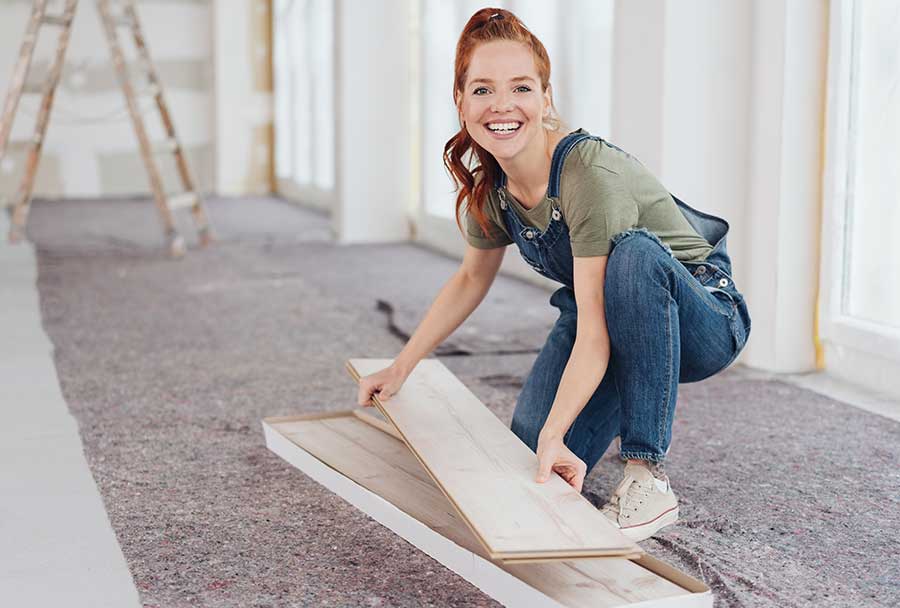


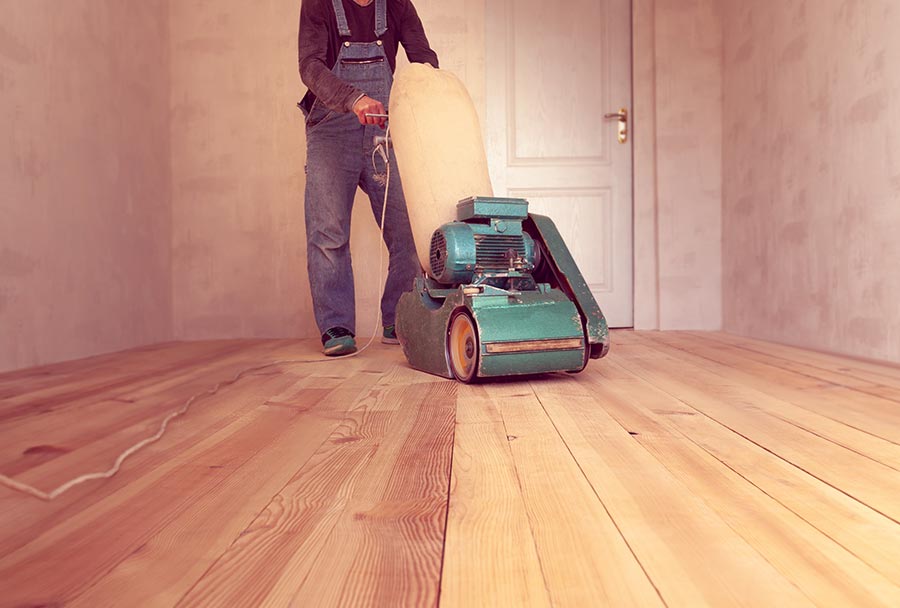
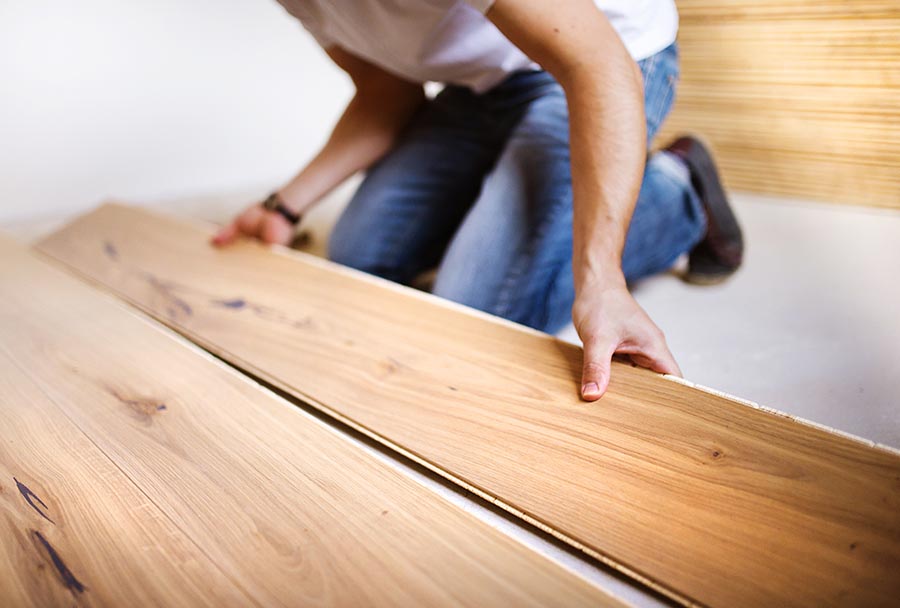
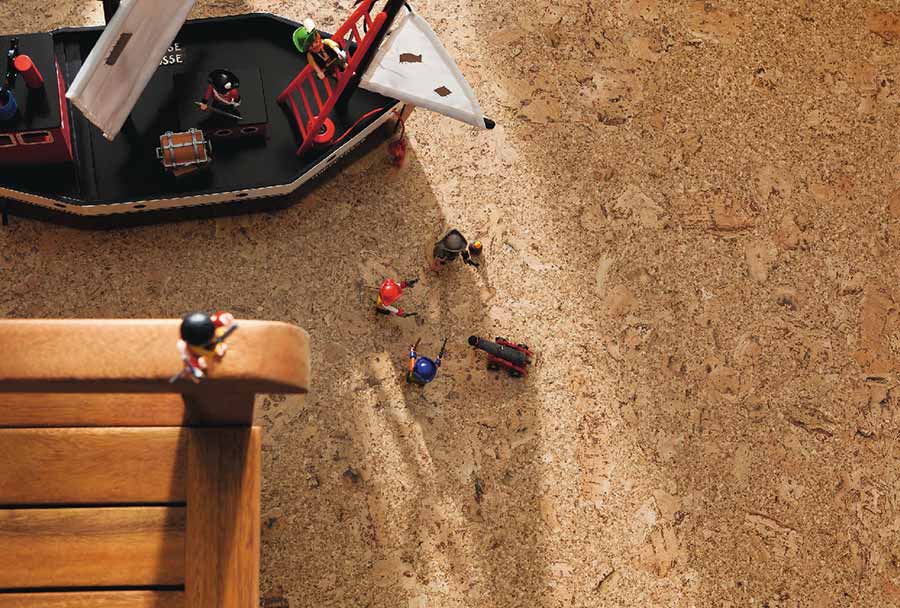


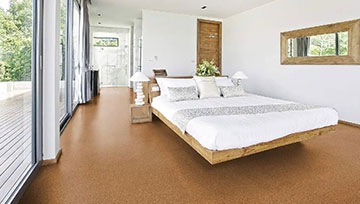
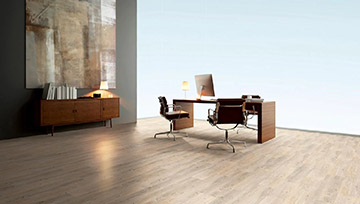

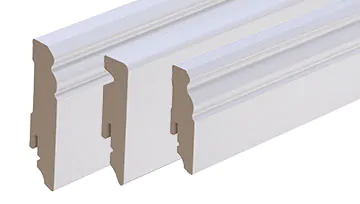
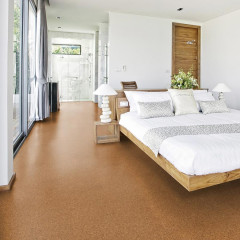
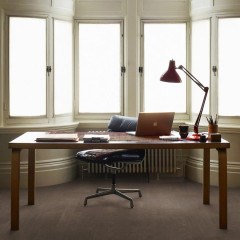
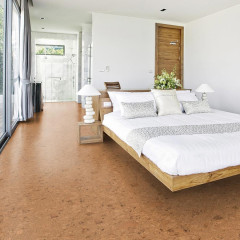
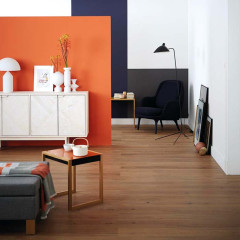
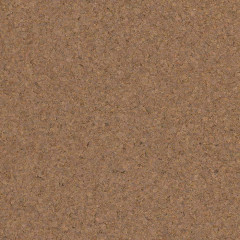
Comments